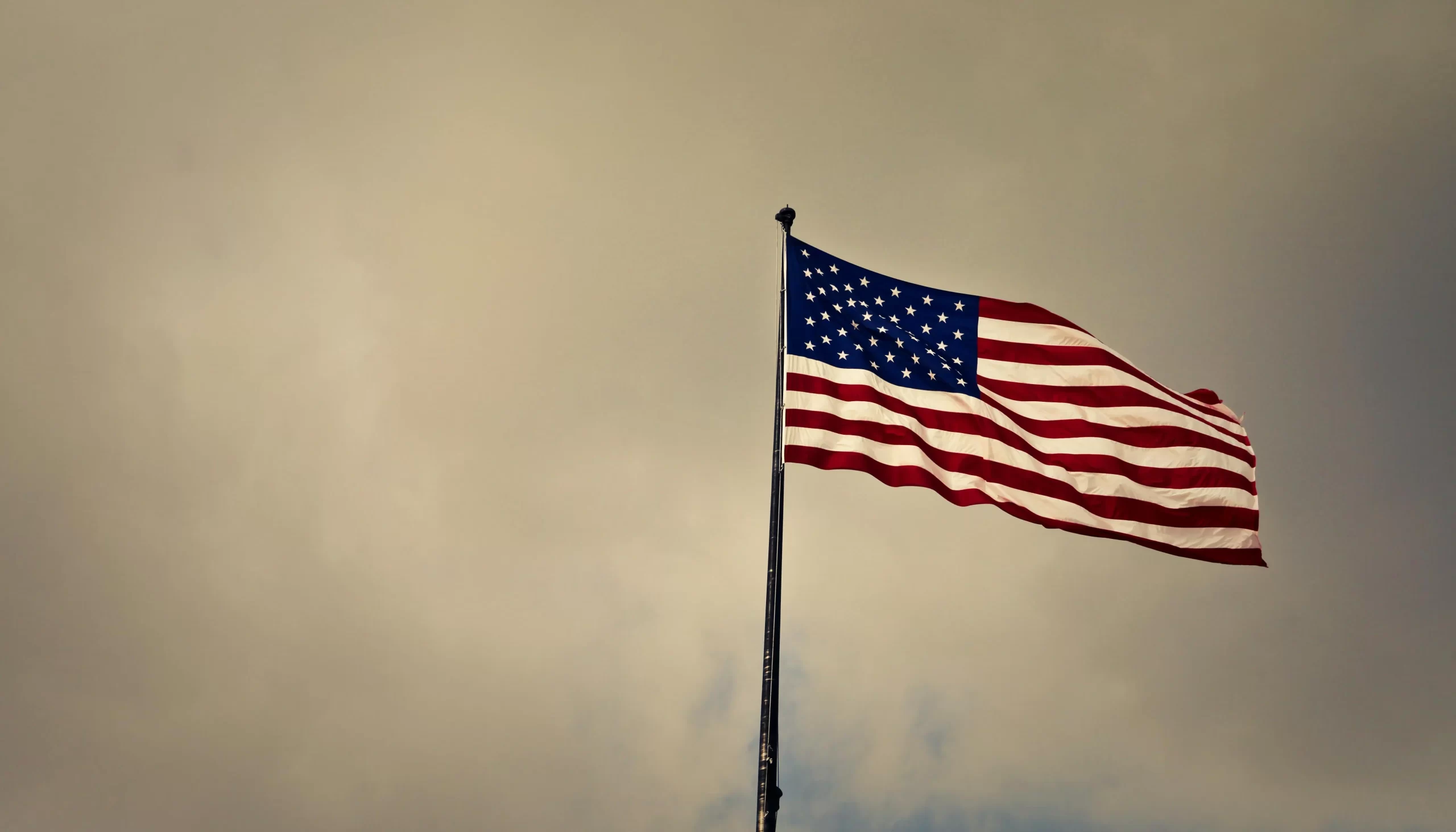How America Became a Superpower: A Detailed Discourse The United States of America is the commonly touted world’s
America’s Ascension: How the United States Became the World’s Superpower


How America Became a Superpower: A Detailed Discourse The United States of America is the commonly touted world’s